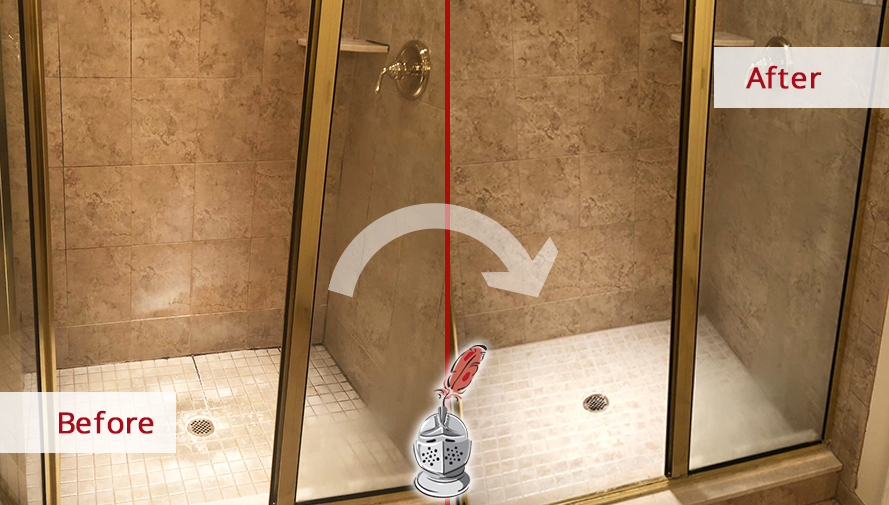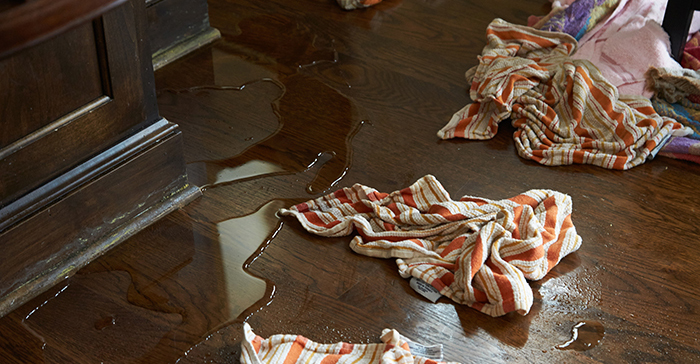The content below pertaining to How to Prevent Bathroom Water Damage is absolutely captivating. Check it out for yourself and see what you think of it.

The restroom is extremely at risk for damp accumulation as well as potential water damages due to the constant use of water in it. This write-up provides straightforward evaluation strategies to assist identifying water damage hazards.
The regular use of water in the shower room makes it incredibly prone for wet build-up and prospective water damages. By checking it regularly, you can minimize water related problems.
The following collection of inspections is simple to do and also ought to be done as soon as in every three months in order to maintain your bathroom healthy and to avoid possible water damages triggered by the bath tub, the shower, pipe joints as well as plumbing, sinks, closets, and the commode
Do not neglect carrying out these assessments and also be comprehensive while doing them. Remember that these easy assessments can save you a lot of cash by giving early indicators for water damages
Bathtub as well as Shower
The shower and also bathtub need unique focus and maintenance. Examine the floor tiles and replace if split. Make certain that there is no missing out on grout between the tiles. Examine and replace cracked caulking at joints where the wall surfaces fulfill the floor or the tub. Blocked drains and pipes problems will certainly protect against the bath tub from drying out as well as may suggest major problems beneath the bathtub. Seek advice from a specialist promptly to avoid structural damage. Pay attention to stainings or soft locations around the tub walls as they may indicate an inner leakage.
Plumbing
Signs for water damage are hard to detect since many pipes are installed inside the wall surfaces.
Pay unique focus to floor covering as well as walls wetness and stains as they may show an unseen plumbing trouble. Inspect wetness levels in adjoining areas too.
Sinks as well as Cabinets
Sinks as well as cupboards are revealed to dampness as well as humidity daily and are usually ignored. Examine routinely under the sink and on the kitchen counter over it. Repair any drip in the catch as it might suggest drain troubles. Browse the sink, sluggish draining pipelines may show a blocked drainpipe. Replace sink seals if they are fractured or loose.
The Commode
The toilet is a prone water junction. Inspect the water lines and search for leakages around the bathroom seat, in the tube, and also under the water tank. If you find any indications of dampness on the floor around the commode, check for leaks in the toilet edge and storage tank seals.
Know that hanging commode bowl deodorants raises the chances for blockages.
10 TIPS TO PREVENT WATER DAMAGE IN THE BATHROOM
The average household uses approximately 80-100 gallons of water per person per day. For a family of 4, that's almost 2,500 gallons of water a week! The largest portion of this consumption comes from bathroom use. Flushing the toilet uses the most water, followed by taking a shower or bath. With that much water running through the home, water damage in the bathroom is bound to happen. Knowing how to spot signs of a water leak is essential to preventing long-term damage. This guide provides you with tips to reduce the impact of water damage on your bathroom.
CAUSES OF BATHROOM WATER DAMAGE
- Pipe breaks are the most common cause of water damage we see in our daily jobs. The age of a pipe plays a large role in a pipe break as well as corrosion. Over time, the metal begins to break down, allowing water to escape. Frozen pipe breaks are also a concern in the winter months.
- Toilet overflows caused by paper products or children flushing inappropriate items.
- Degraded caulking around the toilet or bathtub can allow water seepage, sometimes behind the fixture, into the subfloor or walls.
- Condensation forms when the water in a pipe is cooler than the air temperature. Beads of water form on the exterior of the pipes, sometimes so much so that the water begins to drip and pool below.
- Sink or shower backups created by poor drainage.
HOW TO PREVENT WATER DAMAGE IN YOUR BATHROOM
- Inspect your toilet supply line for worn or frayed hoses and replace them as needed.
- Winterize your plumbing to prevent a frozen pipe break.
- Use vent fans to prevent condensation that can lead to mold growth.
- Routinely check and replace degraded caulking around your toilet or bathtub.
- Increase the temperature in your toilet tank and insulate your pipes during the warm summer months to keep condensation from forming.
- Use child safety locks on the toilets.
- Flush only toilet paper. "Flushable" wet wipes are actually not good for your plumbing system. Additionally, feminine hygiene products should not be flushed.
- Prevent water from escaping the tub or shower. Make sure shower curtains are in good condition. Inspect shower doors and replace the seal strip if necessary.
- Wipe up any water that accumulates on the floor and use bath mats. Water left to sit can cause damage to the tiles and flooring.
- Refrain from using bath products containing heavy oils to avoid a clogged drain.

Hopefully you enjoyed our excerpt on Common Causes of Water Damage in a Bathroom. Thanks a lot for spending some time to read through our blog post. In case you enjoyed reading our page if you please remember to pass it around. We value reading our article about Common Causes of Water Damage in a Bathroom.
Book With Us Today!
Comments on “Just how to Prevent a Water Damaged Bathroom”